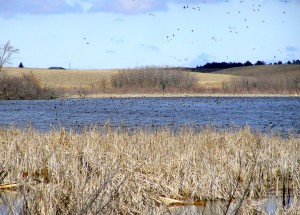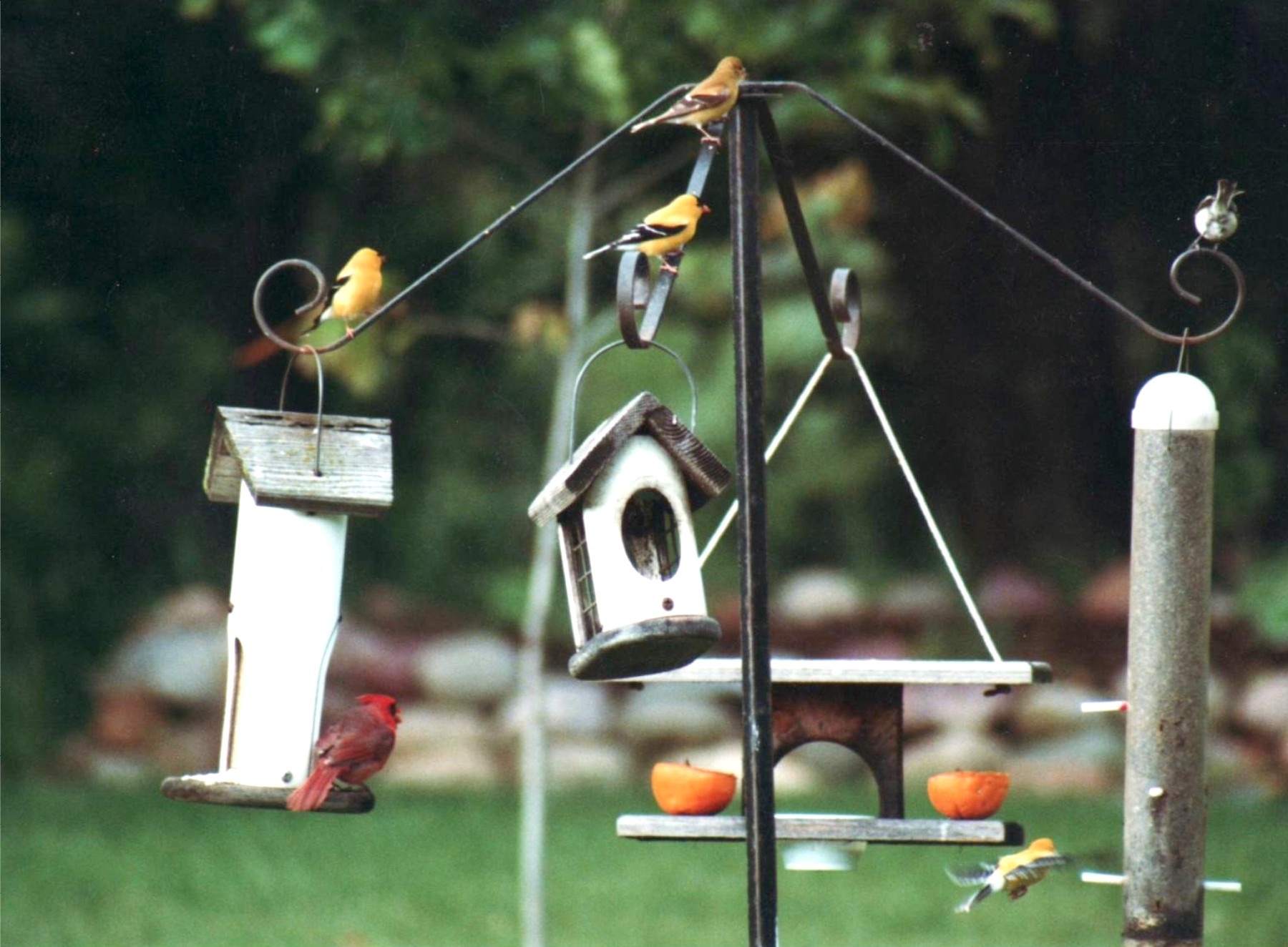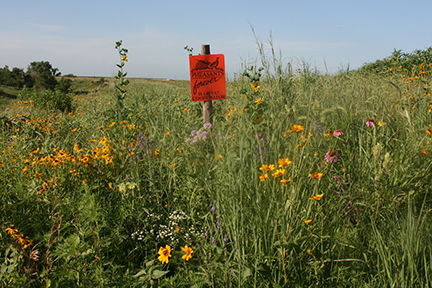By Steve Weisman
For most of the past 40 years, I have been a Ducks Unlimited (DU) member, gone to Ducks Unlimited banquets and watched as the organization has worked to conserve millions of acres of waterfowl habitat across the continent. According to the latest DU data, total acres conserved in North America have now reached 13,000,000 acres.
That’s a pretty incredible figure. One of the main conservation areas is the vast Prairie Pothole Region of which Iowa is part. Its importance stems not only from the millions of waterfowl that nest here, but the millions more that pass through the region in the spring and the fall. The scary part is that a huge percentage of this area has been lost or severely degraded.
According to DU figures, 81 percent of the money donated to the organization goes to wetlands conservation and education with another 14 percent going to fundraising and development.
One of the concerns I have heard expressed over the years has been that when we donate money here in Iowa that it just goes to Canada and other places. It doesn’t stay here. Then I hear. “So why join?”
After attending a recent “Evening of Conservation,” sponsored by DU, I learned a whole lot more about DU’s presence here in Iowa through a program called the Living Lakes Initiative. Its purpose is to bring life back to shallow lakes and marshes in Iowa (and Minnesota).
That really excited me, because this is here – right here where Iowa residents (and Minnesota) can enjoy this rejuvenation.
The vision is this: to establish stepping stones of perpetually protected and managed shallow lake complexes from southern Iowa through northern Minnesota to provide quality wetland food and habitat resources for waterfowl. The initiative will help preserve this region’s rich waterfowling heritage and support conservation of the primary source of its birds, the prairie breeding grounds.
Joint projects at the grassroots level
That sounds good, but there is more to this. These are not just DU’s projects; they are joint projects with often times many partners. Partners include the state of Iowa through its funding of the shallow lake restoration project, the Iowa DNR, water quality organizations, civic groups, federal matching funds and the generosity of individuals and private entities.
Now that’s what I am talking about! That is definitely grassroots and making a profound difference right here in Iowa.
Yes, it’s good for the ducks, but there are many more benefits:
- Improving water quality;
- Returning shallow bodies of water to what they were decades and decades ago;
- Helping decrease the run-off contaminants and sediment that reach our lakes and streams;
- Creating where applicable booming fisheries;
- Providing expanded recreation opportunities for Iowans.
Now that’s pretty cool when we can turn back the clock and undo the degradation we humans have caused so many of our natural areas.
The approach
To achieve their goals, DU works with numerous public and private partners by focusing on six key priority conservation strategies:
- Restore drained shallow lakes and large wetlands;
- Enhance and actively manage degraded shallow lakes;
- Restore small wetlands and prairie around shallow lakes;
- Protect shallow lakes with conservation easements;
- Influence public policy on key state and federal issues;
- Conduct research, monitoring and assessments to prioritize and focus limited financial resources.
A good plan for the future, right? So, when does it start? Guess what. It already has. Since 2003, 40 projects have been completed in the following counties: Buena Vista (6), Clay (9), Palo Alto (5), Dickinson (7), Emmet (7) and Kossuth (6). Some have been land acquisitions, some renovations on public waters and some WRP projects on private land.
Golden example
Probably the “golden example” of what the Living Lakes projects can do is the Diamond Lake project located west of Highway 86. The 166-acre body of water was a mess back in 2006. It was open basin of incredibly turbid water, pretty much worthless for anything. It was filled with carp, was pea soup in the summer and pretty much void of any waterfowl-spring or fall. So, with a plan in place, the Living Lakes project began with a total drawdown and a dry lakebed.
The dry lakebed
By 2008, the project was completed, and now in 2013 it’s now a vibrant, live body of water. Vegetation has returned, water clarity reaches 4’, it now has excellent northern pike and perch populations, people recreate there with a lot of kayaking activity and this past spring DNR officials estimated it held 12,000 waterfowl during the spring migration north.
Go to any of these counties and success stories like this exist. Oh, and the list of future projects is long with plans already on the board for Living Lakes renovations. For those interested in learning more about this initiative or other DU initiatives, contact Adam DeHaan, Ducks Unlimited Director of Development for Iowa and Minnesota at (763-688-0519 or adehaan@ducks.org.
In the near future, we will look at a Living Lakes project in Dickinson County that will offer huge benefits for Big Spirit Lake. It is the Marbe-Hottes Lakes project. This complex is in tough shape and long in need of renovation. Plus, 20 percent of the runoff that enters Big Spirit Lake comes from this watershed. Need I say more!
All of the background and legwork is completed, funding is in place and things should begin as early as this fall, but most definitely next spring.

(photo by Mark Gulick): Healthy and vibrant since its renovation, this picture of Diamond Lake taken this past spring shows it teeming with waterfowl as they made their migration north.














